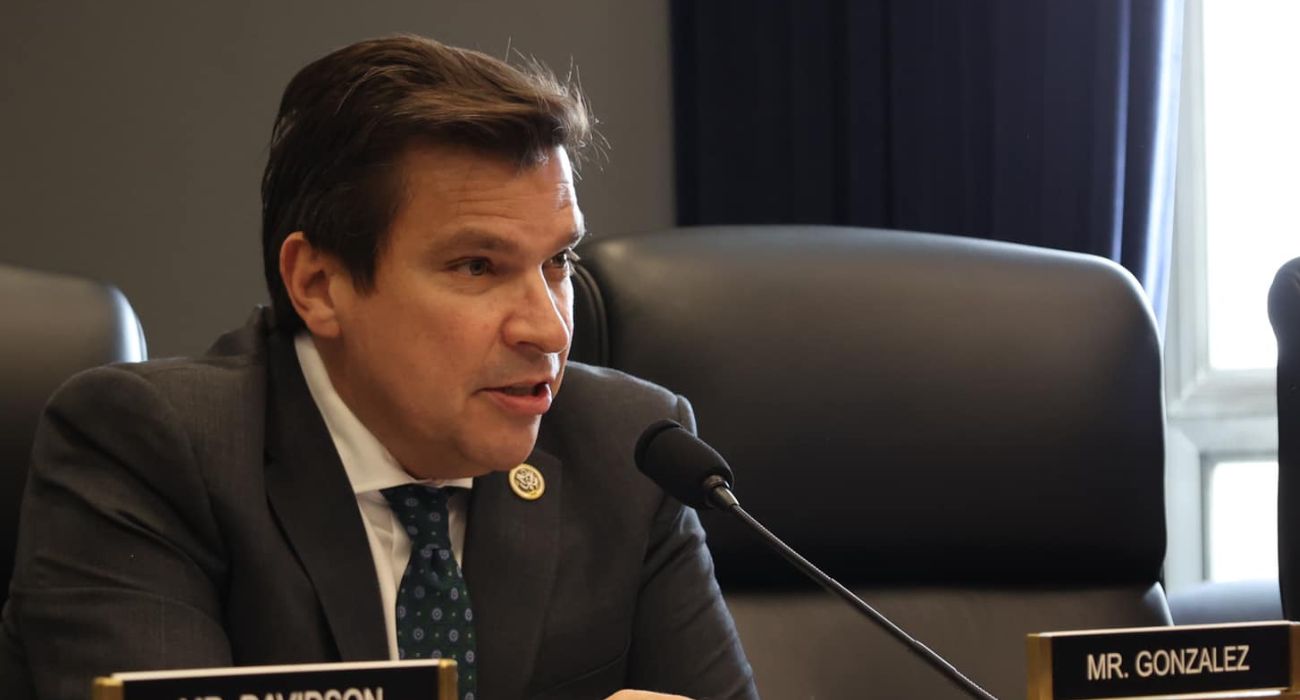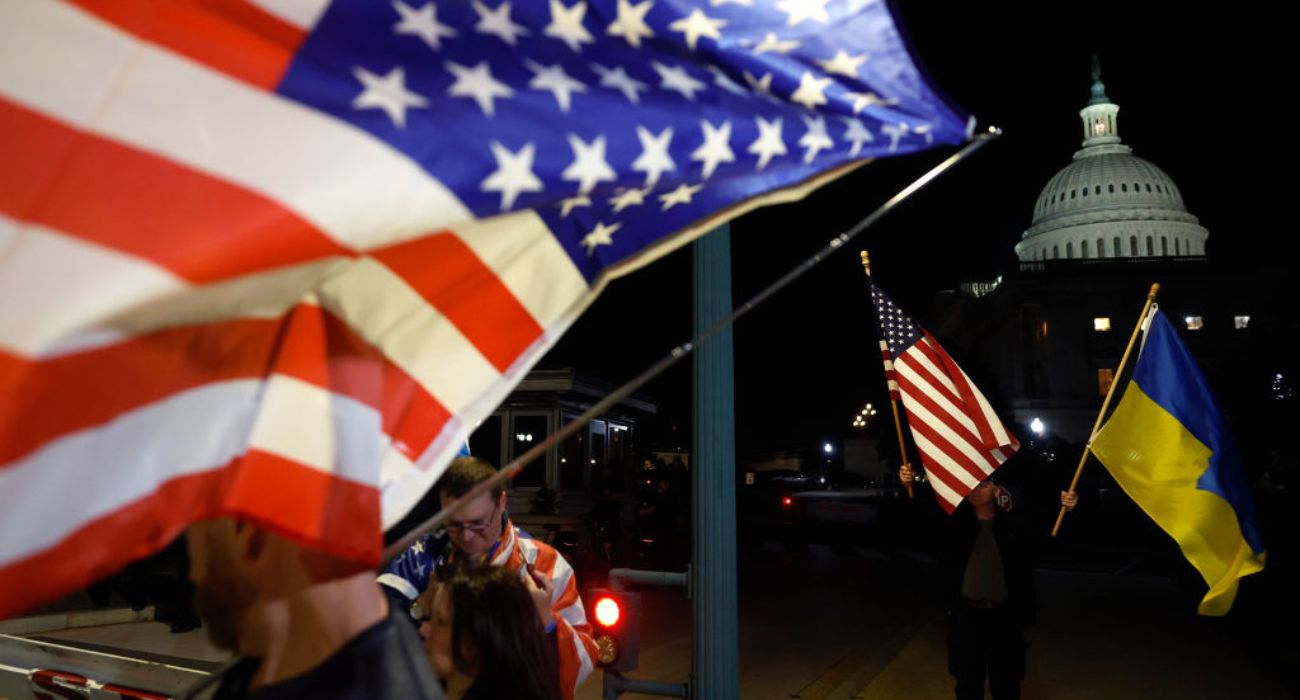Russia has recently captured Chernobyl, the almost 40-year-old site of one of the world’s worst nuclear disasters. Last week, Putin’s military took over the Chernobyl exclusion zone, securing over 1,000 square miles of essentially unmanned territory close to the Belarus-Ukraine border.
It so far remains unclear why Russian President Vladimir Putin has taken over the site. Per Reuters, a Russian security source said Putin sought control of the Chernobyl nuclear reactor to deter NATO from interfering militarily with the Ukraine invasion. However, the source remained anonymous, so the claim is difficult to verify.
After the capture, The White House cited “credible reports” that the Chernobyl plant’s workers are being held hostage by the Russian military.
According to the International Atomic Energy Agency (IAEA), the staff manning the facility have remained on-site since Russia captured it on Thursday. The agency called upon Russia to leave the staff to do their jobs in a safe and controlled manner, saying they “must be able to work and rest as normal.”
Since 1986, the Chernobyl plant has been abandoned, and Reactor 4 of the Chernobyl nuclear power plant remains sealed underneath a concrete cover. Now, some experts are uncertain about the future of the exclusion zone and are further concerned by reports of rising radiation levels.
According to the Ukrainian parliament, gamma radiation has exceeded normal levels at many of the Chernobyl radiation monitors, raising questions about Russia’s actions in the area. The parliament added that “it is currently impossible to establish the reasons for the change in the radiation background in the exclusion zone because of the occupation and military fight in this territory.”
Although the cause for the rising radiation levels is not clear, the IAEA and others believe it may be because Russian tanks and troops are “kicking up” radioactive dust in the area.
Dr. Kate Brown, a STEM professor at MIT, noted, “From 2017 to 2020, [the Chernobyl area has] had pretty serious forest fires in the contaminated areas, and they’ve released a great deal of radioactivity that’s stored in the leaf litter, in pine needles, [and] in the wood itself.”
Brown said military activity in the area is a dangerous prospect because it could release further radioactive material. Any fire caused by tanks or artillery around the exclusion zone risks consequences that reach far beyond the zone itself.
James Acton, co-director of the Nuclear Policy Program of the Carnegie Endowment for International Peace, expressed concern about what Russian activity could mean for the Chernobyl site.
“If there were weapons used against Chernobyl, you know, [if] there were some kind of new accident that caused further leakage of radioactive material, the fact that it’s in a massive exclusion zone would significantly mitigate the consequences of that,” he said.
Acton asserted that although Chernobyl may monopolize the headlines, other Ukrainian nuclear plants are at the same risk of being overtaken, further increasing the likelihood of a nuclear accident.
Ukraine has fifteen other nuclear power plants, four of which NPR claims store more spent radioactive fuel than Chernobyl. Acton added that, though he cannot calculate the probability of a major accident occurring at one of these plants, the current risk is “more than any regulator would ever consider tolerable.”
Radiation levels at Chernobyl have not risen significantly enough to cause health risks, the U.N and the IAEA have stated. The IAEA also reported that the facility incurred no damage on behalf of the invading Russian forces.






